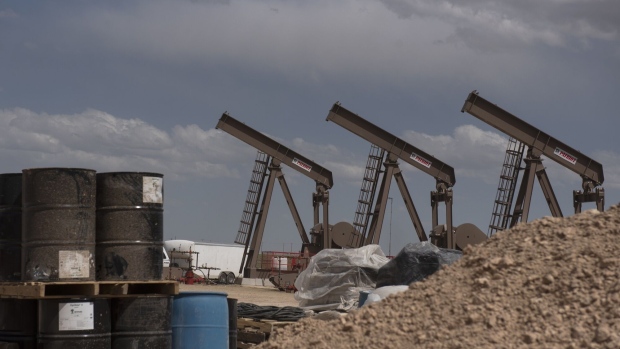Feb 12, 2024
Diamondback Pledges Slow Growth, Fewer Rigs After Endeavor Deal
, Bloomberg News

(Bloomberg) -- Diamondback Energy Inc. will borrow a page from the shale-consolidation playbook by cutting drilling rigs after its acquisition of rival Endeavor Energy Resources LP, a move that will help satisfy investors who prefer payouts over production growth.
The explorers, today running a total of 26 rigs in the Permian Basin, will see that count whittled down to between 20 and 22 over time, Kaes Van’t Hof, chief financial officer at Diamondback, said Monday on a conference call. They’ll be more efficient, however, meaning output will rise modestly despite the curtailed rig count.
The combined company expects to produce about 475,000 barrels of oil a day in 2025, based on the midpoint of its guidance range. That’s about 1.5% more than the companies’ estimated oil output last quarter. Even if the merged driller pumps at the top end of the forecast range, it will only represent growth of about 2.6%. Those figures exclude natural-gas output.
“Our shareholders are not paying us for growth these days,” Van’t Hof said. “They want return-of-capital-per-share growth through lower share count.”
Keeping oil growth low has become the sector norm as energy investors grow accustomed to swelling buybacks and dividends. Companies have been buying rivals to secure drilling sites for the future — not to boost their output immediately. In fact, they often cut back on drilling rigs after closing deals, which generally slows production growth and could put upward pressure on oil prices.
Some of the merged company’s new efficiencies will come from drilling longer horizontal wells, a recent technical advance that can boost output. Diamondback executives see as many as 175 drilling locations that could benefit from longer sideways laterals when Endeavor’s acreage is included.
(Updates with context in the third paragraph.)
©2024 Bloomberg L.P.


